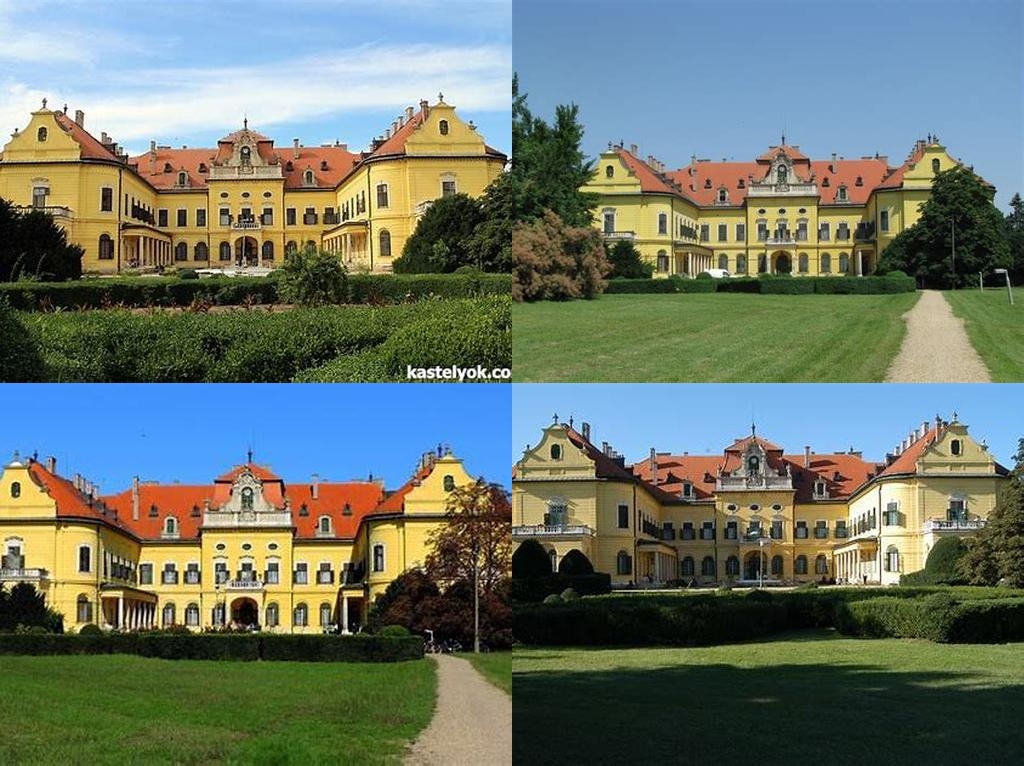
Károlyi-kastély in the tranquil village of Nagymágocs is one of those Hungarian surprises that historians—amateur and expert—dream of discovering. Sitting serenely amidst towering trees and elaborate gardens, this castle doesn’t shout for attention the way some of Europe’s grander residences do. Rather, it lures you in with a peculiar sense of timelessness and a slightly dreamy grandeur that, if you have a few hours (or better yet, a whole day), is wholly captivating.
What first strikes you about Károlyi-kastély is its quiet elegance. Constructed in the latter part of the 19th century, around Nagymágocs’s own blossoming as a cultural center, this residence belonged to the aristocratic Károlyi family—a name practically woven into the fabric of Hungarian history. The Károlyis have deep roots that reach back through centuries of Hungarian politics, military heroism, and, of course, a penchant for artful living. The castle was primarily a summer retreat, intended as a peaceful extension of Budapest’s urban bustle—a place where one could host soirees under the stars, and stroll lazily through botanical dreams. Imagine sipping coffee on a creaking veranda, surrounded by the gentle murmur of ancient oaks. That kind of feeling pervades every corridor and room.
The architecture itself is an intriguing blend—something between French neo-Baroque and local Hungarian sensibility. Lavish, but not ostentatious, the palatial symmetry of its wings hints at the grand ambitions of its original owners. Peer closely and you’ll discover subtle tributes to the family’s influence—coats of arms carved above doorways, initials worked into decorative moldings, reminders of a time when the Károlyis were regular fixtures at court in Vienna and Budapest alike. The leading hand in this project was the renowned architect Miklós Ybl (with significant influence by the family themselves), a titan in the world of 19th century Hungarian design, who lent the building its classically unhurried façade and unexpected interior grandness.
Wandering inside, it’s as if you’ve tripped into another era. The preserved salons and studies echo the conversations that once carried through their gilded arches—discussions no doubt ranging from baroque music performances, to hunting plans in the surrounding forests, to perhaps more political intrigues. Elegant fireplaces, soaring ceilings adorned with period chandeliers, original parquet floors that creak charmingly beneath your footsteps—it is all still there. Some rooms are currently used for local administrative purposes, which adds a peculiar, living-museum quality that is different from the usual, velvet-roped tourist palaces elsewhere. There’s a sense here of the castle’s ongoing story as part of daily life in Nagymágocs.
But a visit to Károlyi-kastély is also about the outside—the English-style park that unfurls in all directions from the house like a leafy green tapestry. More than twenty hectares, this garden was once considered among Hungary’s most significant private arboreta, filled with rare trees and curious botanicals brought in by the family from across Europe and even as far as Asia and the Americas. Some of these venerable specimens still stand, their thick canopies dappled with sunlight and birdcall. You may stroll through meandering paths, take a lazy picnic, or simply lie on the grass and conjure scenes of Victorian gowns and horseback arrivals. The feeling is agreeably cinematic.
Today, the castle’s air of faded aristocracy is what gives it such narrative depth. Redemption through function: during the 20th century, the residence took on quite a different role, housing a social care facility in its stately rooms for decades. It’s a chapter that lends a real-world compassion to the place, a reminder that these gilded visions of luxury were also sites of change, of modern adaptation and living. Now, parts of the building are being restored—and while not all areas are open to visitors, the evolving balance between restoration, lived-in community space, and historical monument makes each visit slightly different from the last.
If you want the magic of castles unfettered by heavy ticket queues and hurried guides, if you appreciate the odd dash of melancholy in your architectural adventures, then this unique manor in Nagymágocs is a destination that rewards slow exploration. Come for the splendor, but stay for the unhurried pace, the breeze in the age-old linden trees, and the quiet stories that seem to gather like morning mist around every corner of Károlyi-kastély.





